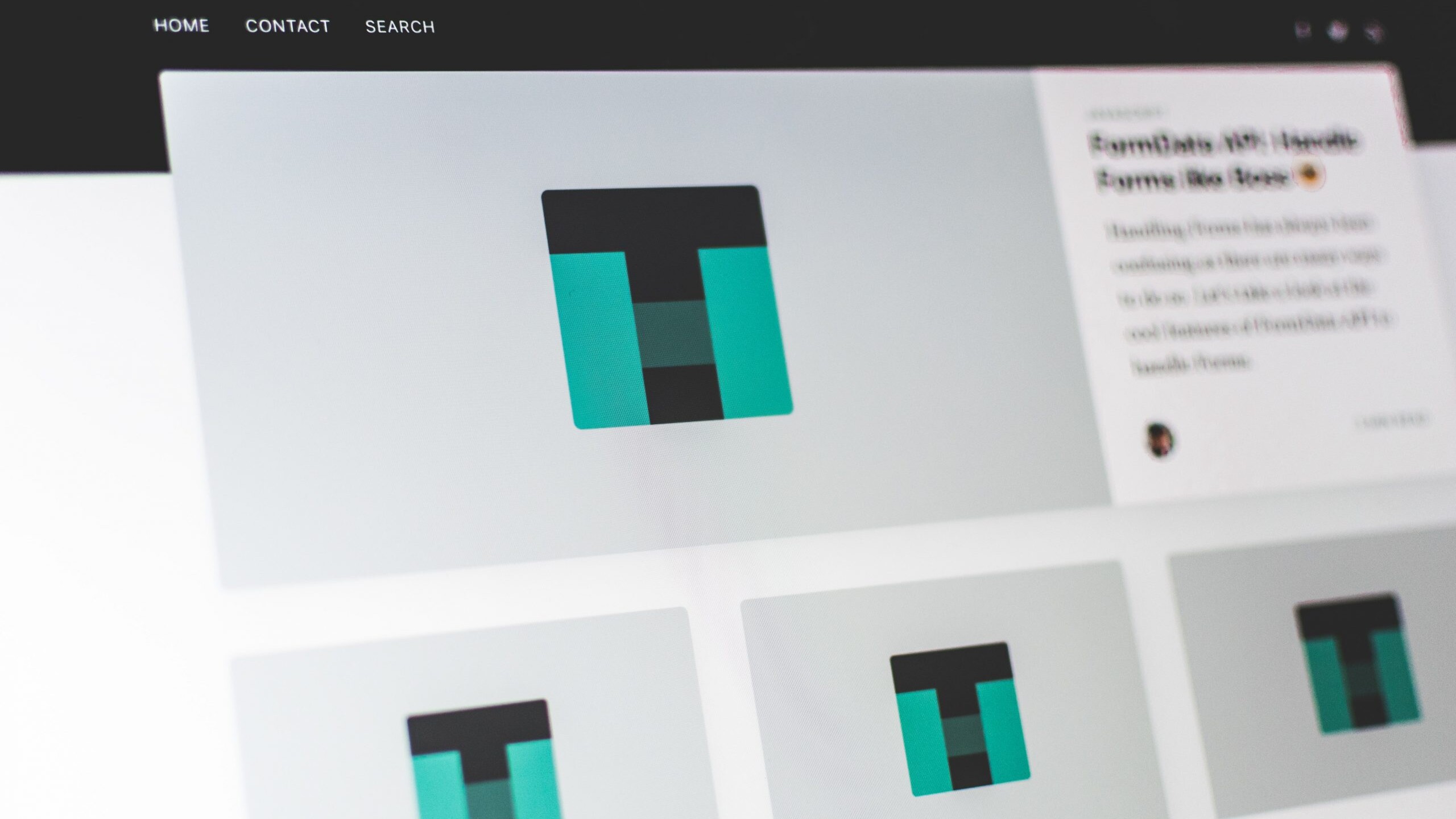- Home
- Development
- Comparing Responsive Web Design to a Dedicated Mobile Site
Comparing Responsive Web Design to a Dedicated Mobile Site
As the popularity of responsive web design grows, more and more designers, webmasters and companies are wondering why they should even switch over to this format. Many companies already have a dedicated mobile site for their audience, and some don’t see the point of investing in the responsive web design format. Designers wonder if they should learn how to design with this methodology and if it is even worth it.

The truth is that a dedicated mobile site can be just as good as a responsive site in delivering an optimized browsing experience to users. If you focus on that point, it’s hard to justify the costs of resp. web design when dedicated sites are so much more affordable or already established. And it will be enough for many people to dismiss resp. design, but there is a bigger issue at hand.
The bigger issue lies in marketing, particularly in SEO. The search engines have recognized the growth of the channel. Google is ranking mobile search results differently from desktop search. Unfortunately, a dedicated site doesn’t receive the same link benefits as the main desktop site despite the fact that they are situated on the same root domain.

The difference is at the domain level, as search engines have always viewed subdomains as separate entities. Using a responsive design, the same URL is listed in the desktop and mobile search results. This means that the content and links built for the desktop search campaign spill over and benefit the mobile search campaign and vice versa.
Another issue that has recently been coming to the surface is tablets. Tablet devices have become increasingly popular, and tablet users expect the same/similar browsing experience as desktops. So do you try to present a simplified mobile site designed for mobile phones to tablet users that want a richer experience? Or do you create an elaborate tablet-friendly mobile site that slows down the mobile phone browsing experience?
Make no mistake. Going with responsive design can be a costly and exhaustive process. But the people investing in this design methodology are in it for the long haul. They are planning for other devices that may become popular up in the future, thinking about flexibility for multiple devices and browsers, and maximizing their SEO/display campaigns.
Responsive web design isn’t perfect. It has problems like loading speed, formatting and image optimization. But as it becomes the industry standard, there will be more solutions that will eventually make it the optimal way to present your website across all platforms. While you don’t have to scrap your mobile website right now, you definitely need to consider responsive web design strongly.



